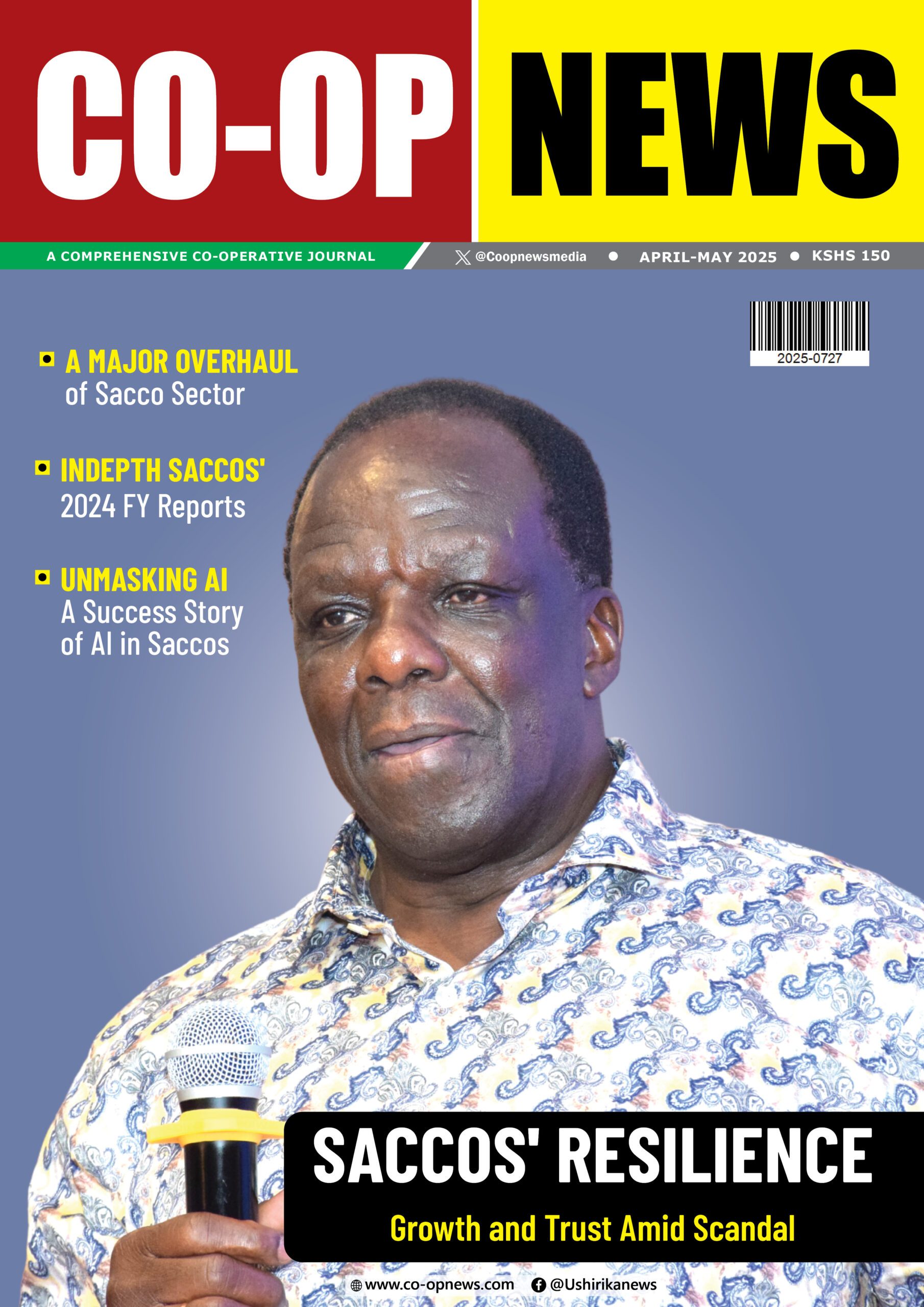Lowering costs to sound levels is a key strategy for companies aiming to improve profit margins and enhance stability.
How to keep operating expenses within manageable levels can, however, remain evasive for many businesses, Saccos not spared either.
With Saccos emerging as a key contributor to the country’s Gross Domestic Product (GDP), enhancing their liquidity is critical given their model, where members borrow up to three times their savings.
A look into their annual financial statements for the year ending December 31st, 2022, indicates that the majority had their expenses as a percentage of their turnover above 60 per cent.
As a result, this compromises their liquidity and exposes them to high Portfolios at Risk (PAR) and probably unable to meet share and savings withdrawal, external borrowing repayments and member loan demand.
A case in point is when a Sacco lost a number of its members through natural attrition and gave a liability of almost more than seventy-six per cent of their contribution.
Achieving this thus calls for effective management of expenses to ensure Sacco earnings are not trimmed below their expectations.
Since Sacco Societies Regulatory Authority (Sasra) has not set the minimum or maximum threshold on expenses versus returns, it is within the Saccos wisdom to have prudent measures to ensure the ratios remain within manageable levels.
Some Saccos however had a commendable ratio below 50 per and this is only a handful, signaling to a tough job for the board and management.
Winas Sacco, for example, had their total expenses over turnover at 31.8 per cent during the year under review, up from 33.0 per cent a year earlier.
Sheria Sacco, for example, had its expenses at 38.36 per cent of turnover, which is within the 40 per cent limit set in their Strategic Plan 2019-2023.
“Out of that turnover, the lion’s share 47.72 per cent will go back to members as interest on deposits, 7.17 per cent as dividend on shares and 4.02 per cent as reserves to grow the society’s institutional capacity,” said Board Chair Hon Justice Patrick Kiage.
Jamii Sacco also had its total expenses as a ratio of total revenue at 37 per cent in 2022, up from 27 per cent the previous year.
A growing concern, according to an analysis by Co-op News, indicates that the percentage growth on revenue is lower compared revenue or the margins are small to make any difference.
Asili Sacco was, however, an exception as its total expenses grew by 10.1 per cent compared to total revenue which grew by 18.3 per cent.
Winas Sacco also had their expenses grow by 10.6 per cent in 2022 compared with the growth in revenue at about 14.78 per cent.
For Unison Sacco, its total income grew by about 32.49 per cent while its expenses increased by about 15.45 per cent in 2022, leaving a positive deviation of 17.04.





